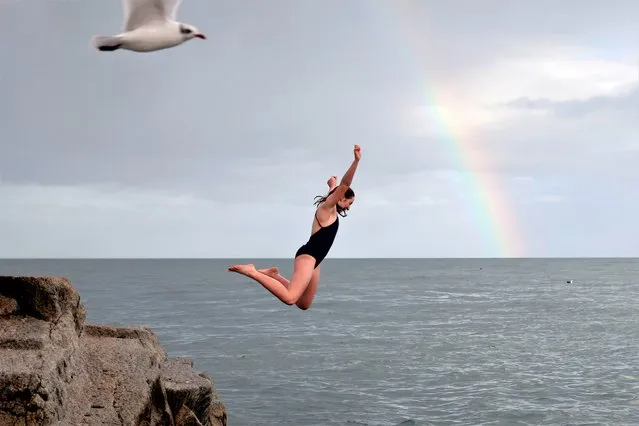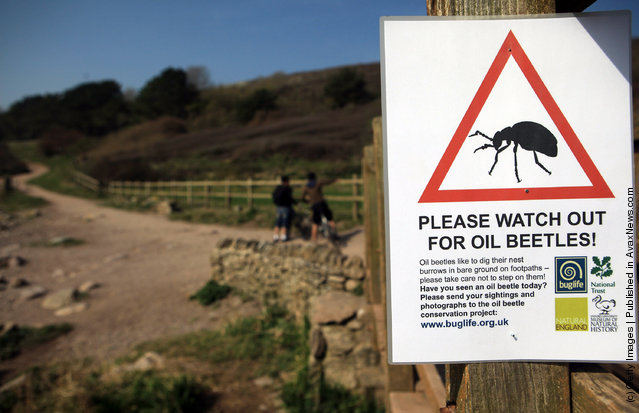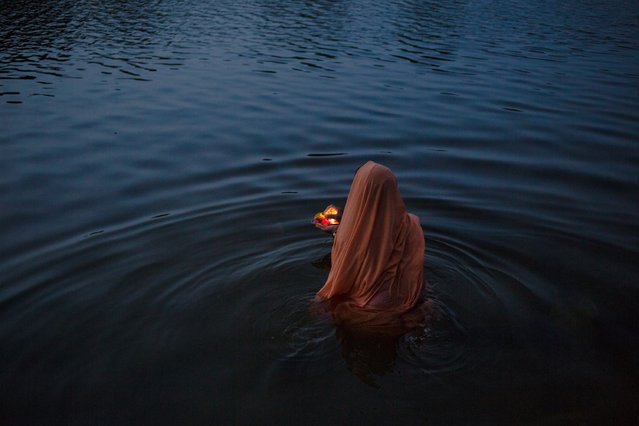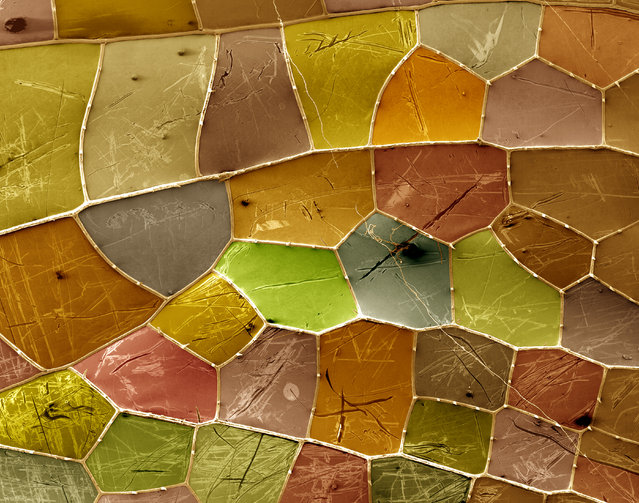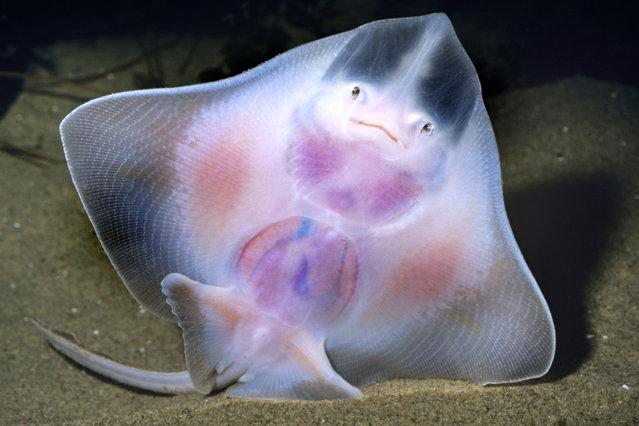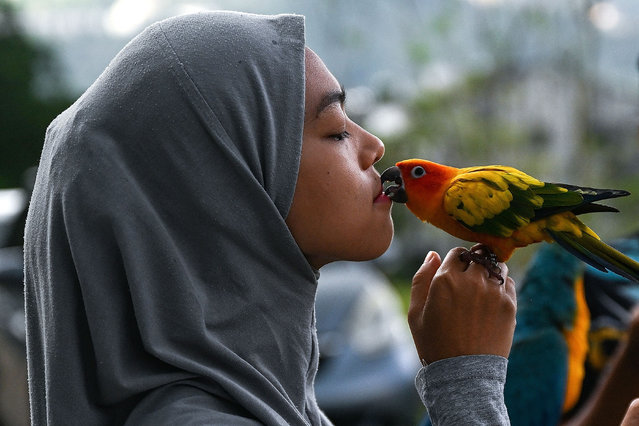
This photograph taken on February 18,2023 shows Asriyanti Iskandar, a member of the Kuala Lumpur Freefly group kissing her Sun Conure parrot during a free-flight session in Bangi, on the outskirts of Kuala Lumpur. The group organises events on public holidays and weekends to share knowledge of their experiences of free-flight training with fellow bird enthusiasts. (Photo by Mohd Rasfan/AFP Photo)
29 Mar 2023 04:03:00,post received
0 comments


